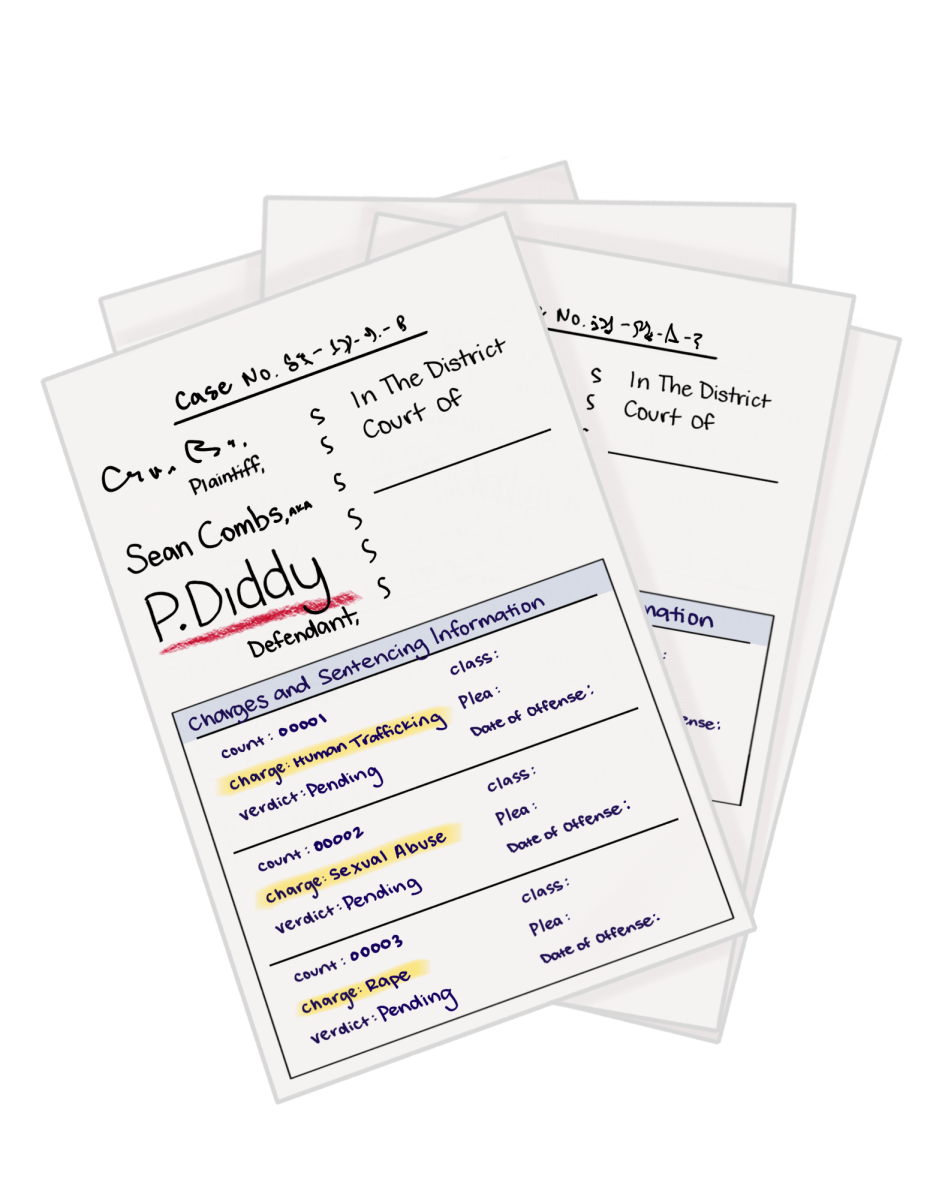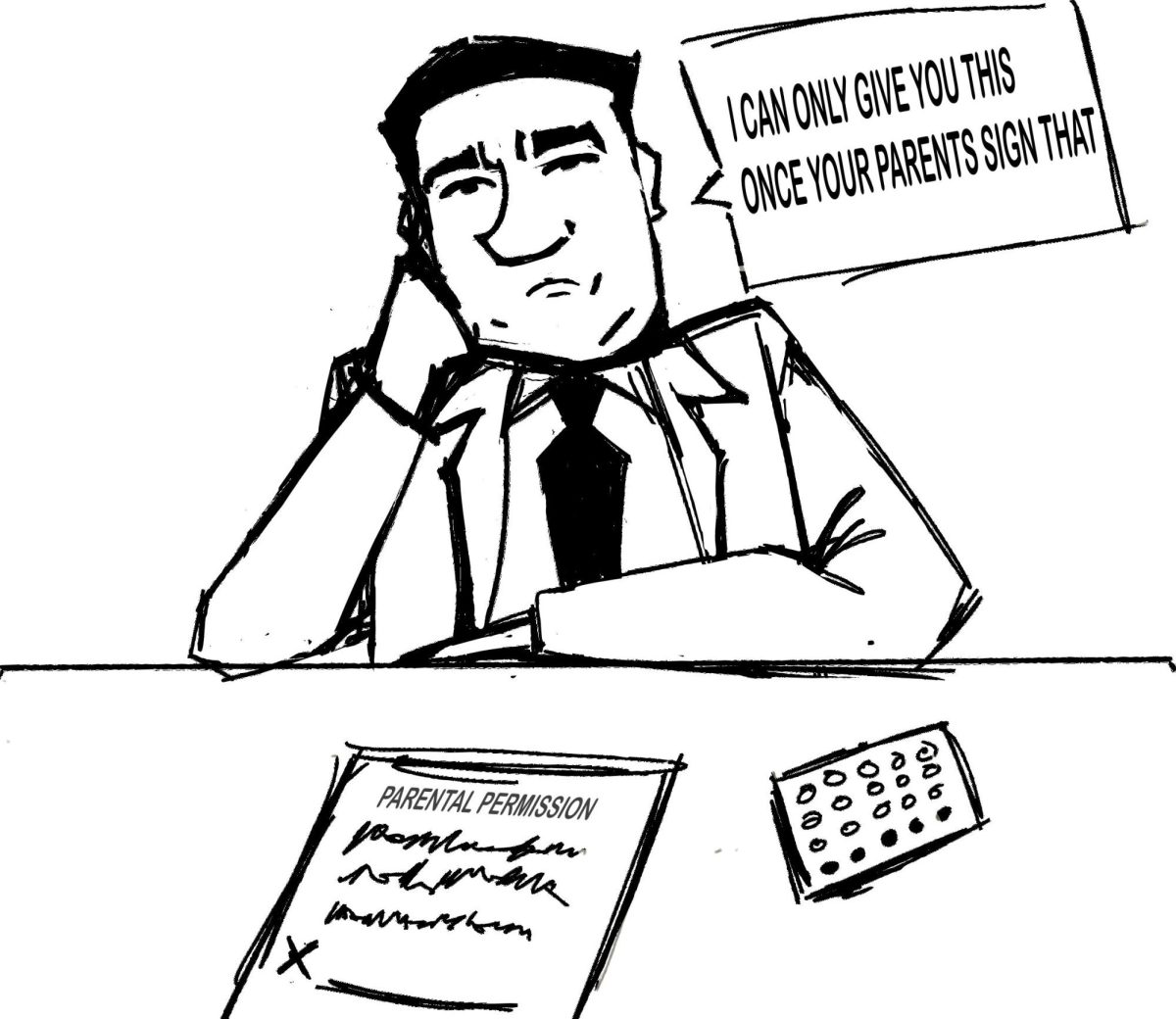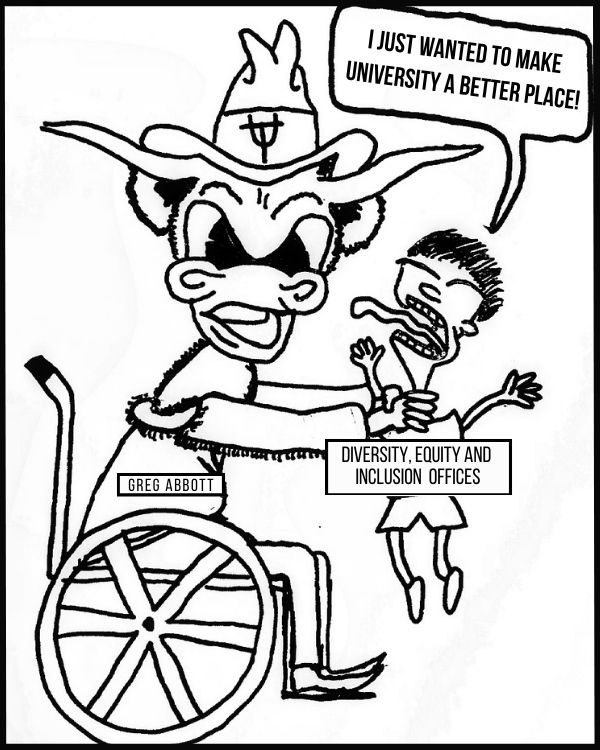As the fall semester marches forward past August, many new students are coming to grips with the realities of college life and all that it demands of its students. The harsh reality is that, according to 2012 admissions data, only about 8 percent of these new UTSA students will earn their bachelor’s degree by May 2017.
Texas education has wrestled with the problem of college readiness and subsequently college graduation rates in many different ways. Recent trends in the legislature, though, unfortunately seem to be sending a message of adequacy rather than achievement
On June 10, Gov. Rick Perry signed a comprehensive education bill, dubbed HB5, which cut down the 15 standardized exams high school students previously needed to graduate to only 5. It also eliminated the old high school degree curriculums and allows students the option of choosing a diploma endorsement that is available in one of five areas: science and technology, business and industry, public services, humanities or a multidisciplinary option. The plans also trimmed the original core curriculum that required 4 credits in math, science and social studies down to only 3. This trend seems to cater to the old student complaint of, “why would I ever use physics in my adult life?”
The problem with these changes HB5 causes lies in the difficult decision it pushes onto students even earlier in their academic career. Most high school students simply are not ready to make the sort of decisions that these endorsements provoke, which would bear so much weight on their intellectual trajectory. Legislators are becoming more and more preoccupied with simply pushing students across the stage and often neglect to realize that high school should be a broad sampling of various core curricula in order to not only create diversity, but also to create a broad snapshot of higher education that would allow them to make an informed and well-reasoned decision about their futures.
There are other initiatives, though, that seem to be moving towards a goal that will better serve students. According to the Texas Tribune, Harrison Keller, vice provost for higher education policy and research at the University of Texas at Austin, has led the development at UT-Austin of OnRamps. The $3 million program, launching at 14 high schools and in one community college district this fall, offers teachers training and support, including full curriculums, instructional videos, class assignments and assessment tools designed to ensure their students are prepared for college courses.
This recent education bill, while it definitely has its benefits, ultimately sends a message that education is growing too concerned with pushing numbers and graduation rates rather than enriching the lives of the next generation and preparing them for an independent adulthood. Simply lowering the bar for students falling behind does not fix the education problem, but simply sweeps it under the rug.

















